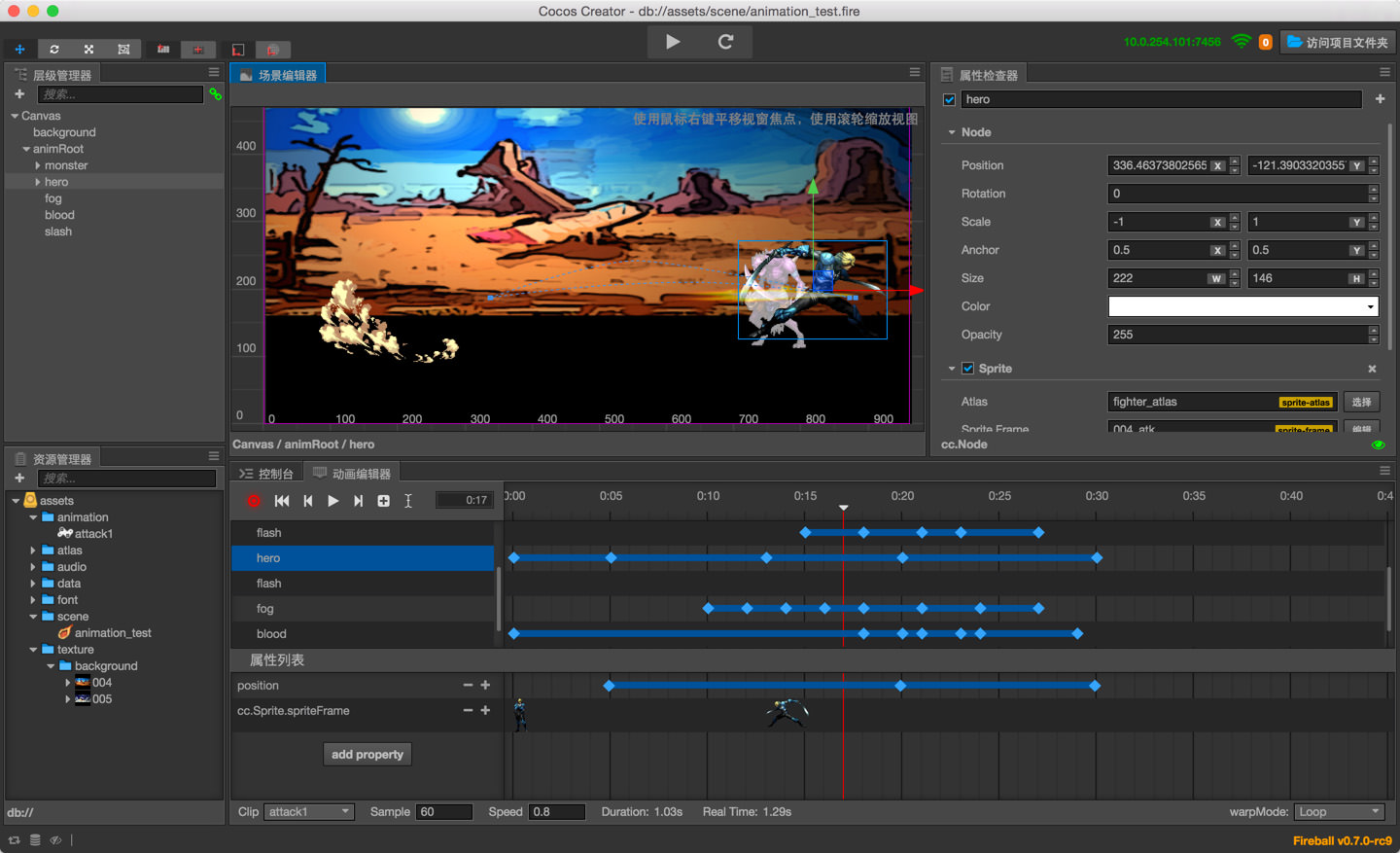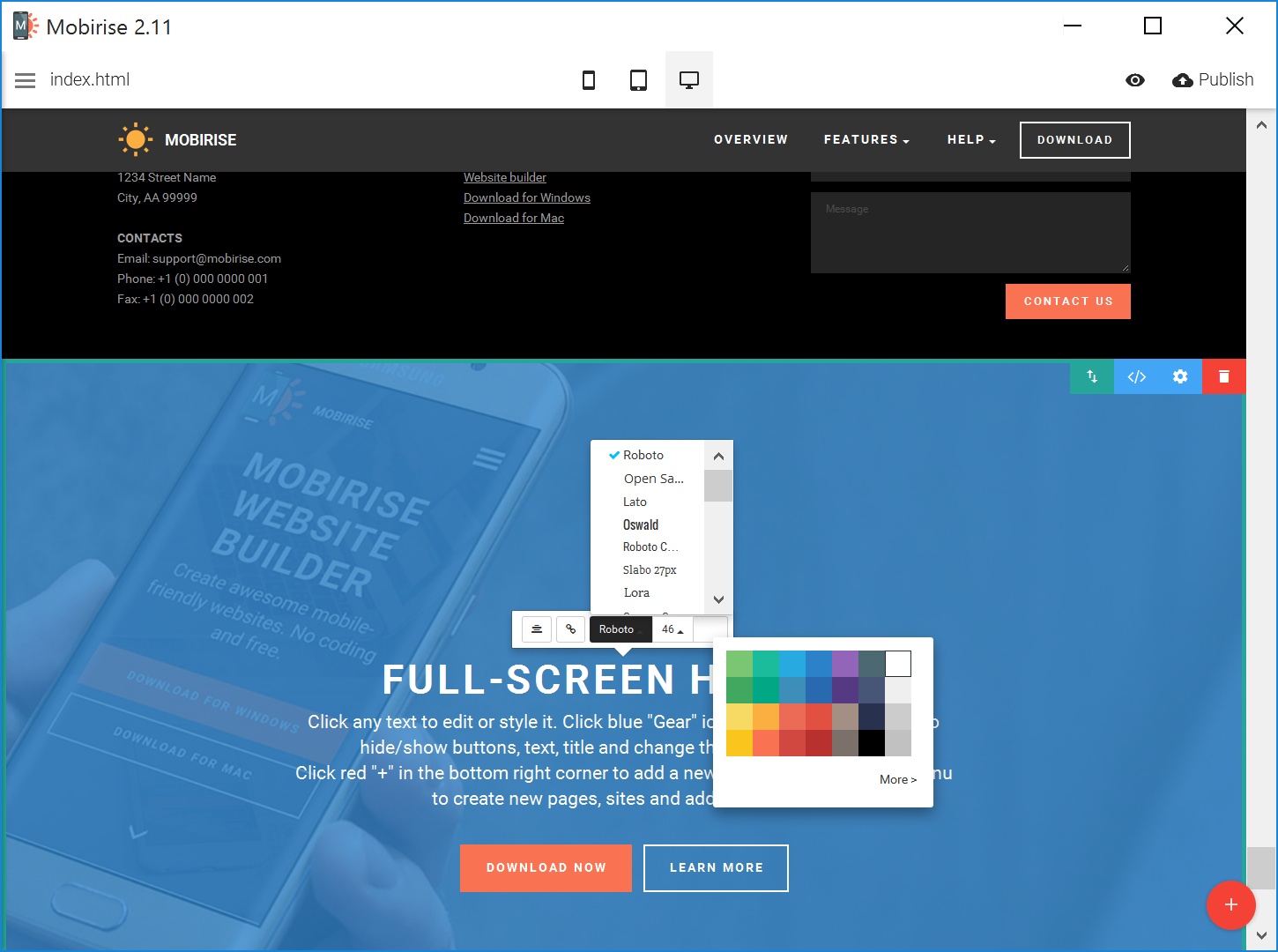
- #BEST NO CODE WEB APP BUILDER SOFTWARE#
- #BEST NO CODE WEB APP BUILDER CODE#
- #BEST NO CODE WEB APP BUILDER SERIES#
#BEST NO CODE WEB APP BUILDER CODE#
They will develop faster, and they don’t have to write any of the code from the ground up. The whole stack may be built by a single front-end or back-end developer. The nuances of front-end and back-end development are abstracted for no-code application development.
#BEST NO CODE WEB APP BUILDER SOFTWARE#
You may need to employ front-end and back-end developers, financial experts, security consultants, software and cloud experts to design your project. Up the stack, you’ll need to recruit precious technical skills.

When these requirements are met, a no-code platform will factor them into their source code and prepare the platform to identify and initiate business processes.

For example, if you want to tacitly initiate a workflow after a certain set of actions on your app are done, you can use a programming language like Python or an LCNC framework that has already coded the actions into code blocks that the computer can quickly read and decode.Ĭonsider the following scenario: three normal conditions cause these processes.
#BEST NO CODE WEB APP BUILDER SERIES#
Low-code and no-code frameworks do this by generating ready-to-use code blocks-a series of code for a given function-that can be dragged and dropped into place to run under preset limits. It covers all shorter extraction modifications and data gathered and processed throughout the application’s lifetime.

It covers custom and out-of-the-box integrations for other software, as well as built-in automation systems and processes.Īll that is generated due to the application’s use falls under this level. This level denotes the software’s company operations, or how various elements and resources are combined and rendered to work together practically. It involves the range of software and out-of-the-box interfaces provided on an LC/NC platform, as well as the degree to which these can be modified to meet your needs. This refers to a programming platform’s core features, which serve as a general limit to what can be accomplished with it. It’s helpful to provide a quick overview of both because they’re important points of distinction between Low Code and No-Code platforms. Internal/capability-level abstractions, logical/behavior-level abstractions, and external/user-level abstractions are common in low-code/no-code creation. If you come from an IT environment, you’ve probably come across low-code in one way or another-either as a 4th/5th generation high-level programming language like Perl, Python, or SQL, or as a derivative of software development. While low-code production systems have been around for over a decade in their present form, they have existed in theory for much longer.


 0 kommentar(er)
0 kommentar(er)
